Everything You Need to Know to Treat—and Prevent—High Cholesterol

Table of Contents
Overview | Causes | Symptoms | Diagnosis | Treatment | Complications | Prevention
What is high cholesterol?
Cholesterol often gets a bad rap, but its presence isn’t inherently bad—our bodies need this molecule to build cells and make hormones. [1] “Cholesterol is a fatty substance in the blood that is produced mostly by the liver, though some of it is obtained through your diet,” explains Demilade Adedinsewo, MD, a cardiologist in Jacksonville, Florida. [2] If cholesterol levels get too high, deposits can collect in the walls of the arteries, creating plaque that builds up in blood vessels. This increases the risk of heart problems. [3]
You have three types of cholesterol: low-density lipoprotein (LDL), which is sometimes called “bad” cholesterol; high-density lipoprotein (HDL), dubbed “good” cholesterol; and triglycerides, another type of fat in your blood. Your total cholesterol is the combination of all of these.
As you grow older and your metabolism changes, your liver becomes less efficient at removing LDL cholesterol from your blood. This is the type of cholesterol most often associated with disease, which is why the risk for high cholesterol typically increases with age [4]. High cholesterol levels are also more prevalent for people of certain races. However, experts aren’t certain why. [3, 5] The condition is no small problem: Eighty-six million American adults have high total cholesterol. [1]
However, having high cholesterol does not always result in detectable symptoms. “If you don’t have it checked, it’s difficult to know if you have high blood cholesterol,” Dr. Adedinsewo says.
What are the risk factors of high cholesterol?
Lifestyle factors can increase the risk of high cholesterol. Those behaviors include:
Eating a diet high in trans & saturated fats

Both types of fat raise “bad” LDL cholesterol, and trans fats also lower HDL cholesterol.
Lack of physical activity

Exercise helps boost HDL, while also lowering LDL.
Smoking
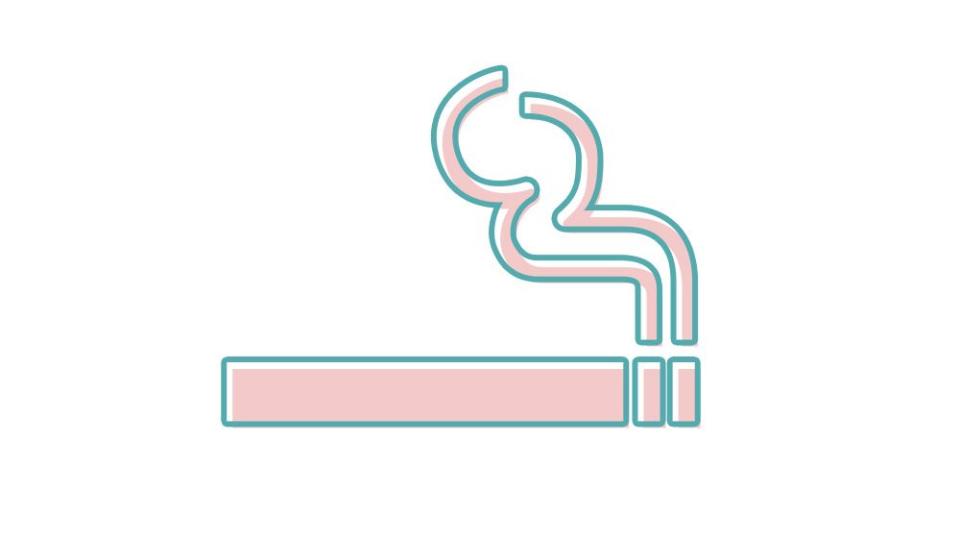
Smoking not only lowers HDL, it also damages the blood vessels. This makes them more likely to accumulate fatty deposits. [6]
Being overweight
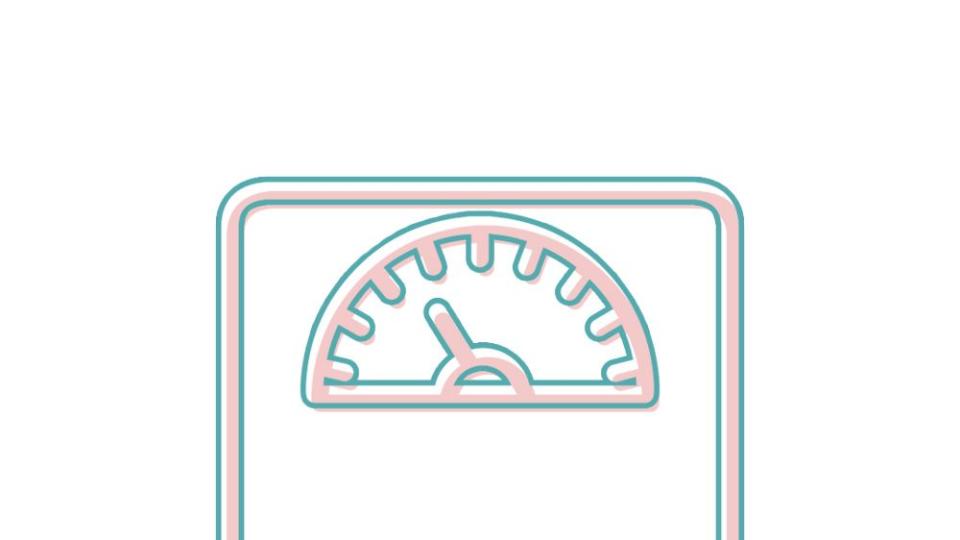
“Studies have shown that obesity can affect the way the body metabolizes cholesterol and glucose, leading to increased production of and decreased breakdown of cholesterol particles,” Dr. Adedinsewo explains.
Age can also be a risk factor. Because your liver become less efficient at removing LDL cholesterol from your blood as you grow older, most people are diagnosed with high cholesterol between the ages 40 to 59 [4]
While younger women may have less risk of developing high cholesterol as compared to men, after menopause, a decrease in estrogen may cause an increase in both their total and LDL cholesterol levels. [3]
Cholesterol levels also vary by race and type of cholesterol, though more research is needed to explain why. As a group, non-Hispanic whites are more likely than others to have high total cholesterol levels, but everyone is at risk. When comparing races, Hispanic Americans are more likely to have low HDL cholesterol; Asian Americans are more likely to have high LDL cholesterol; and African Americans have higher levels of HDL, but also are more likely to have other risk factors for heart disease (like obesity and diabetes). [3][7]
Finally, genetics can play a role, which is why knowing your family history is important. If your parents or grandparents had high cholesterol, you are at greater risk.
[3][8][9]
What are the symptoms of high cholesterol?
Some people consider high cholesterol a “silent” condition because there are no symptoms. [3] “You might exercise, eat a healthy diet, do everything right, and still have elevated cholesterol levels,” Dr. Adedinsewo explains. “And if we don’t test your blood, we would not know.” That’s why it’s important to have your blood cholesterol checked regularly, especially if you have related conditions such as heart disease or diabetes, or have a family history of high cholesterol.
How is high cholesterol diagnosed?
A blood test called a lipid panel will measure your levels of total, LDL, and HDL cholesterol, as well as triglycerides (a type of fat) in your blood. These are the levels considered healthy for adults:
Total cholesterol: below 200 milligrams per deciliter (mg/dL)
LDL cholesterol: below 100 mg/dL
HDL cholesterol: above 40 mg/dL (for men) and above 50 mg/dL (for women)
Triglycerides: below 150 mg/dL
While all your levels are important, your doctor will likely focus on your LDL cholesterol levels. If it’s elevated, your doctor will talk to you about medication and lifestyle changes.
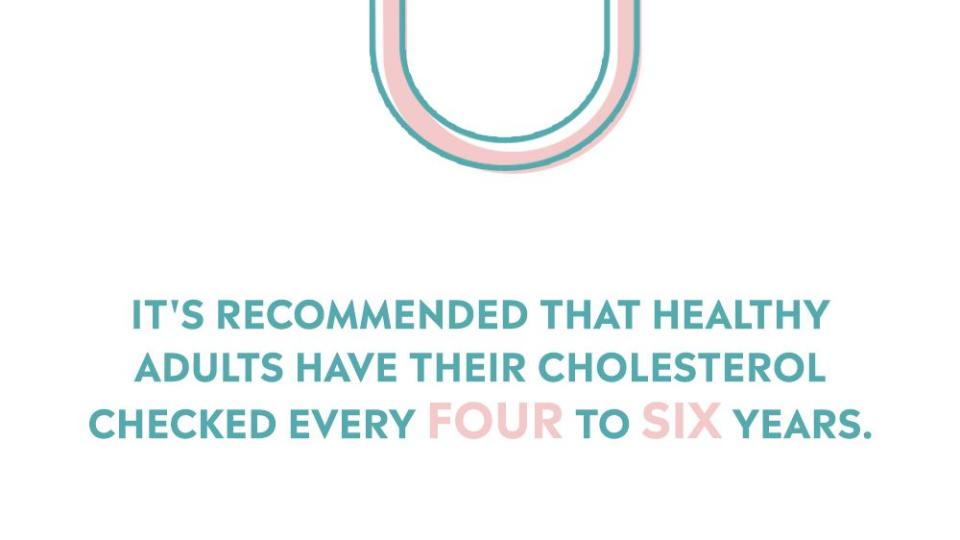
Getting a lipid panel test is similar to any blood work, according to Dr. Adedinsewo: You typically fast overnight and come into the doctor’s office to have blood drawn from an arm artery. The only complications may be pain from the prick of the needle, feeling lightheaded immediately afterward (if that’s your typical reaction to blood work), and perhaps some minor anxiety about the test, she adds. Before the test, your doctor may also ask about your family history of heart conditions (such as high cholesterol, atherosclerosis, heart attack, and stroke) and your lifestyle, such as your diet and how active you are. [3]
The Centers for Disease Control and Prevention recommends that adults have their cholesterol checked every four to six years, or more often if you have heart disease, diabetes, or a family history of high cholesterol.
[3][11][12][13]
High cholesterol treatment
High cholesterol can be treated with medication and/or lifestyle changes. “The treatment depends on the patient,” Dr. Adedinsewo explains. “We consider your age and medical history, especially your cardiovascular history.” While a younger patient with no risk factors may begin treatment with only lifestyle remedies, an older patient with cardiovascular disease who has had bypass surgery will likely also need statins, she explains.
Statins are the most common medication for high cholesterol. They work by blocking an enzyme that your liver needs to make cholesterol. [14] Statins also improve your liver’s ability to remove cholesterol from your blood. [15]
In addition to or in lieu of medication, making the following lifestyle changes can also help treat high cholesterol:
Quit smoking: Smoking causes one in every four deaths from cardiovascular disease. If you need support, talk to your healthcare provider about a smoking cessation program. [6]
Increase physical activity: The American Heart Association recommends 150 minutes of moderate to intense physical activity (think: brisk walking), or 75 minutes of vigorous aerobic activity like jogging or bicycling (or a combination of the two) each week. The AHA also recommends adding two days per week of moderate-to-high intensity muscle strengthening, such as lifting weights. Talk to your doctor, who can help you determine how much and what type of exercise is best for you. [16]
Eat a healthy diet: Choose foods that are low in trans and saturated fats, and opt for plant-based options whenever possible, because they also contain fiber, which can help increase HDL. [17] While no one diet is best for everyone, Dr. Adedinsewo suggests trying the Mediterranean diet; ample scientific evidence supports its benefits for the heart and its ability to help lower cholesterol. [20] [21][22]
Maintain a healthy weight: Talk to your doctor to learn if your weight is a concern. For some people, losing weight can help lower LDL and raise HDL. However, even people who are considered healthy or underweight based on the body mass index (BMI) can be at risk for high cholesterol. [23]
[3][15][17]
Complications of high cholesterol
The biggest concern is potential heart conditions. “What we worry about most, from a cardiovascular standpoint, is the fatty deposits getting in the arteries,” Dr. Adedinsewo explains. This can lead to atherosclerosis, or the build up of plaque on the walls of the arteries. As the arteries narrow, your blood flow slows, meaning parts of your body may not be getting the oxygen and nutrients needed for optimal health. [24] This can increase the risk of several other serious conditions, including:
Peripheral Arterial Disease
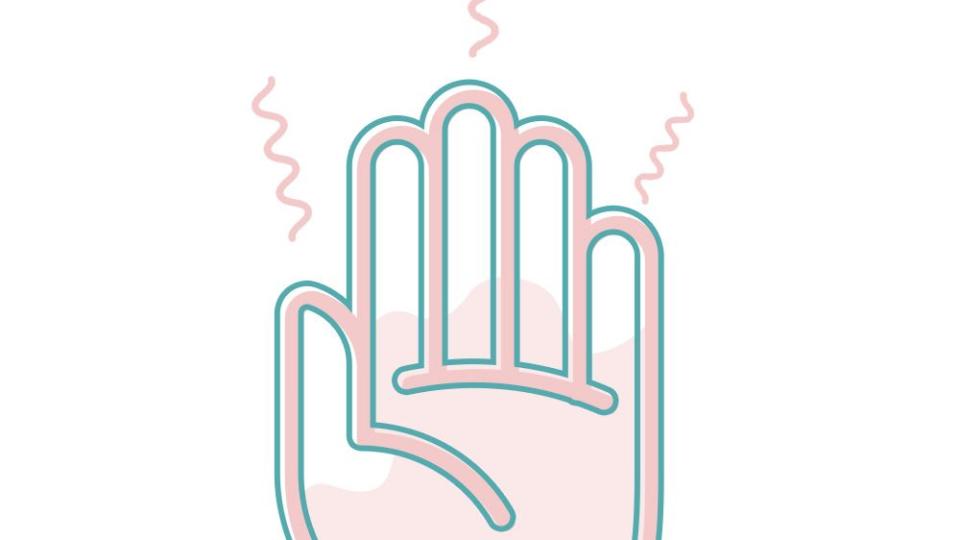
Plaque builds up in the arteries of the limbs, head, and organs, which can cause pain and numbness.
Coronary Artery Disease (CAD)
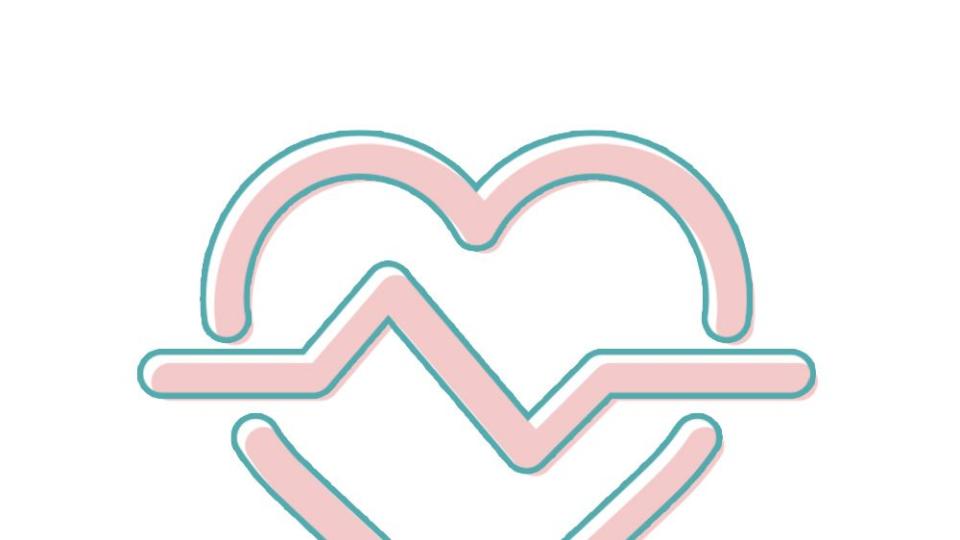
The leading cause of death in the U.S., CAD is a catch-all phrase for conditions that impact the heart’s structure and function. It can lead to heart attack or heart failure.
Heart Attack
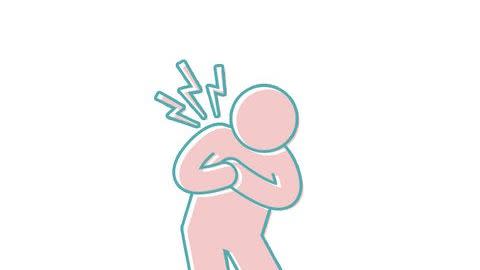
This happens when the flow of blood to a section of heart becomes blocked, cutting off the flow of oxygen.
Stroke (or Carotid Artery Disease)
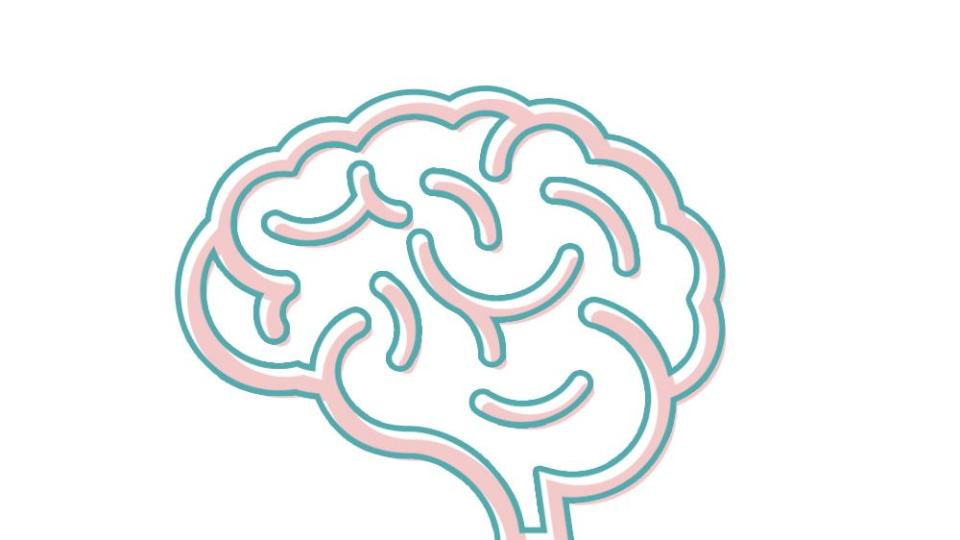
This occurs when a blood vessel that feeds the brain becomes blocked, usually from a blood clot.
[3][25][26][27]
How to prevent high cholesterol
Even if you have a genetic predisposition, the same smart lifestyle choices that help treat high cholesterol may also help reduce the likelihood of getting the condition. “Many people think prevention is all about diet, but there can be more to it than that,” Dr. Adedinsewo says.
The following healthy habits are proven to help lower your risk—aim to adopt as many as you can.
Be active: Physical activity helps boost HDL, the type of cholesterol that helps remove “bad” cholesterol from your blood. The American Heart Association recommends 150 minutes of moderate to intense physical activity (think: brisk walking), or 75 minutes of vigorous aerobic activity like jogging or bicycling (or a combination of the two) each week. They also recommend adding two days per week of moderate-to-high intensity muscle strengthening, such as lifting weights. However, talk to your doctor to determine what types of exercise and how much are best for you. The key is to incrementally move more than you do currently.
Eat a healthy diet: Build your meals around plant-based foods including vegetables, fruit, whole grains, beans, legumes, nuts, and seeds. This will help you consume more fiber, which may help lower LDL while raising HDL. Choose lean animal protein choices, such as poultry, fish, or lean cuts of beef like top sirloin and top round roast, all of which are lower in saturated fat. Limit your intake of saturated and trans fats, because these can increase LDL cholesterol. Instead, opt for sources of healthy fats such as extra-virgin olive oil and avocado.
Quit smoking: According to the CDC, smoking is a major cause of CVD, and causes one in every four CVD deaths. It raises LDL, lowers HDL, makes blood thicker which can cause blood clots, and increases the buildup of plaque in arteries. [6]
Maintain a healthy weight: Losing five to 10 percent of your bodyweight may help lower your levels of LDL and raise your HDL. [28] [29] Talk to your doctor about what a healthy weight would be for you, and how to reach and maintain it.
[15][23][25][26]
Sources
[1] https://www.cdc.gov/cholesterol/about.htm
[2] https://www.healthgrades.com/physician/dr-demilade-adedinsewo-xylnxr2
[3] https://www.nhlbi.nih.gov/health/blood-cholesterol
[4] https://www.nhlbi.nih.gov/health/blood-cholesterol/causes
[5] https://www.ahajournals.org/doi/10.1161/CIRCULATIONAHA.120.050034
[6] https://www.cdc.gov/tobacco/campaign/tips/diseases/heart-disease-stroke.html
[8] https://www.heart.org/en/healthy-living/healthy-eating/eat-smart/fats/trans-fat
[9] https://www.cdc.gov/cholesterol/risk_factors.htm
[10] https://www.heart.org/en/health-topics/cholesterol/causes-of-high-cholesterol
[11] https://www.cdc.gov/cholesterol/cholesterol_screening.htm
[12] https://www.heart.org/en/health-topics/cholesterol/how-to-get-your-cholesterol-tested
[13] https://medlineplus.gov/lab-tests/cholesterol-levels
[14] https://www.fda.gov/drugs/drug-safety-and-availability/cholesterol-and-statins-infographic
[15] https://www.cdc.gov/cholesterol/treating_cholesterol.htm
[17] https://www.cdc.gov/cholesterol/prevention.htm
[19] https://medlineplus.gov/hdlthegoodcholesterol.html
[20] https://www.ahajournals.org/doi/10.1161/CIRCRESAHA.118.313348
[22] https://www.heart.org/en/healthy-living/healthy-eating/eat-smart/nutrition-basics/mediterranean-diet
[24] https://www.heart.org/en/health-topics/cholesterol/about-cholesterol/atherosclerosis
[25] https://www.nhlbi.nih.gov/health-topics/peripheral-artery-disease
[26] https://www.mayoclinic.org/diseases-conditions/high-blood-cholesterol/symptoms-causes/syc-20350800
[27] https://my.clevelandclinic.org/health/articles/11918-cholesterol-high-cholesterol-diseases
[29] https://www.nhlbi.nih.gov/health/blood-cholesterol/treatment
You Might Also Like

